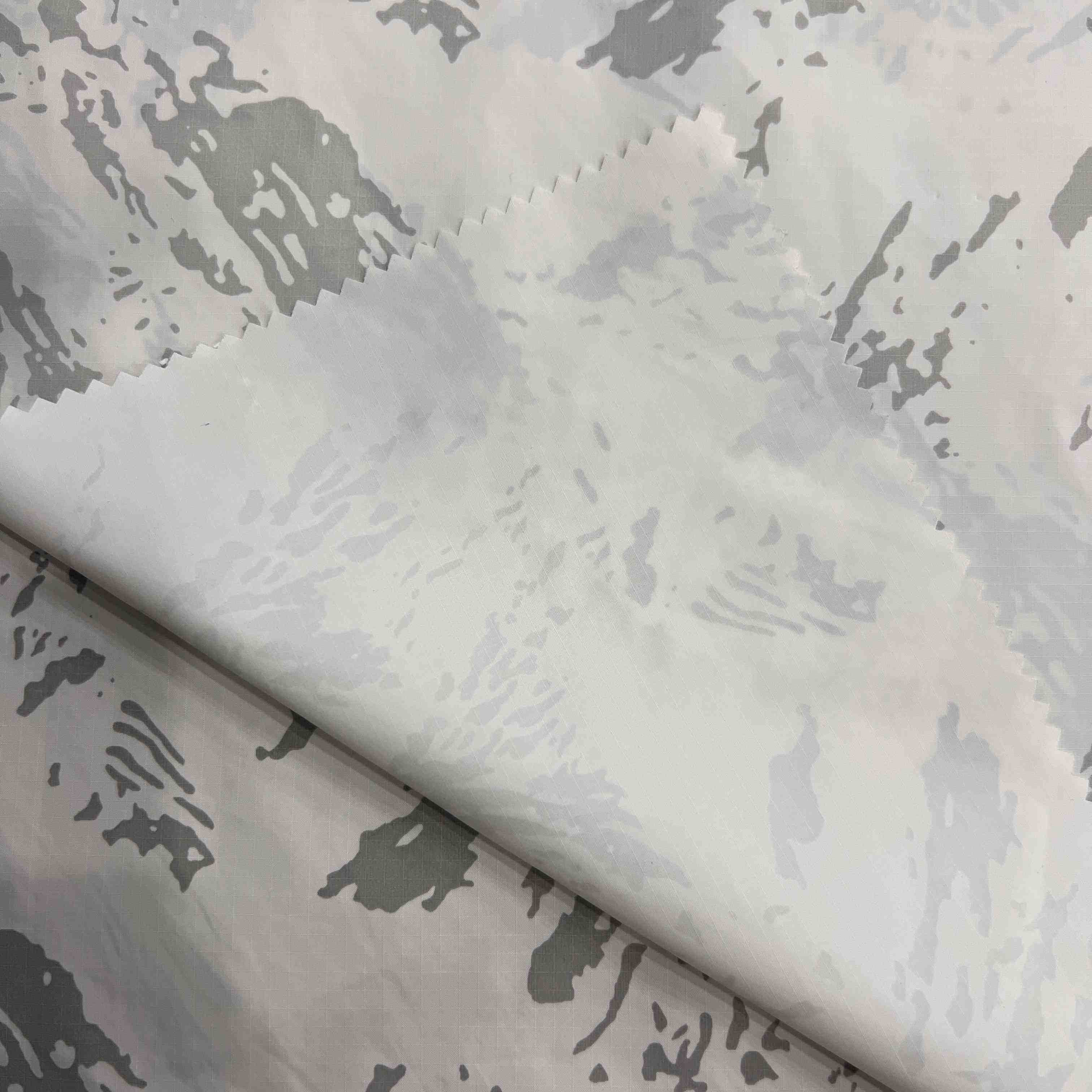The Benefits of Using Eco-Friendly Fabrics in Your Wardrobe
Your wardrobe is more than just clothes—it’s a reflection of your choices, and those choices can impact the planet, your health, and even your wallet. In recent years, eco-friendly fabrics have emerged as a smarter alternative to traditional materials, and for good reason. Unlike conventional fabrics, which often rely on excessive water, toxic chemicals, and wasteful processes, eco-friendly fabrics are designed to minimize harm. From reducing your environmental footprint to keeping your skin healthy, the benefits of swapping to eco-friendly fabrics in your wardrobe are clear. Let’s explore why they’re worth the switch.
Reduces Your Environmental Footprint
The fashion industry is one of the world’s biggest polluters, and much of that damage comes from fabric production. Conventional cotton, for example, uses about 2,700 liters of water to make a single t-shirt—enough to meet one person’s drinking needs for over two years. It also relies heavily on synthetic pesticides, which seep into soil and waterways, harming wildlife and contaminating drinking water.
Eco-friendly fabrics tackle these issues head-on. Organic cotton, grown without harmful pesticides or excessive irrigation, uses up to 91% less water than conventional cotton. Hemp, another popular eco-friendly fabric, grows quickly with little water and naturally repels pests, so no pesticides are needed. Even man-made eco-friendly fabrics like Tencel (made from wood pulp) are produced in closed-loop systems, where 99% of water and chemicals are recycled, cutting down on waste.
By choosing eco-friendly fabrics, you’re directly reducing the demand for resource-heavy materials. Every t-shirt, pair of jeans, or dress made from these fabrics means less water wasted, fewer chemicals released, and less strain on fragile ecosystems. Over time, these small choices add up to a significant reduction in your personal environmental footprint.
Protects Your Skin and Health
Your skin is your body’s largest organ, and the clothes you wear come into direct contact with it every day. Conventional fabrics often carry traces of harmful substances used during production—like residual pesticides from non-organic cotton, or toxic dyes that don’t fully wash out. These chemicals can cause irritation, allergies, or even long-term health issues, especially for people with sensitive skin, children, or those prone to eczema.
Eco-friendly fabrics, on the other hand, are made with safer processes. Organic cotton, for example, is free from synthetic pesticides and herbicides, so there’s no risk of those chemicals lingering in the fabric. Natural dyes, derived from plants like indigo or turmeric, replace harsh chemical dyes that can cause rashes. Fabrics like Tencel and hemp are also naturally hypoallergenic, making them gentle on even the most sensitive skin.
For parents, choosing eco-friendly fabrics for babies’ clothes is especially important. Babies have delicate skin and often put clothes in their mouths, so avoiding toxic residues reduces their exposure to harmful substances. Adults, too, benefit—wearing eco-friendly fabrics means less irritation, making everyday comfort easier to achieve.

Lasts Longer, Saving You Money
It’s a common myth that eco-friendly fabrics are too expensive, but the truth is they often save you money in the long run. Conventional fast-fashion clothes are designed to be cheap and disposable—made with low-quality materials that wear out quickly, fade after a few washes, or fall apart at the seams. This means you end up buying the same item again and again, spending more over time.
Eco-friendly fabrics are built to last. Hemp, for example, is one of the strongest natural fibers—clothes made from hemp get softer with each wash but rarely tear or stretch out of shape. Organic cotton, while slightly more expensive upfront, holds its color and shape better than conventional cotton, so your favorite t-shirt or dress will stay wearable for years. Even recycled fabrics like recycled polyester are durable, making them great for activewear that needs to withstand frequent use.
Investing in a few high-quality pieces made from eco-friendly fabrics means fewer replacements. Over time, this adds up to significant savings. A $50 organic cotton shirt that lasts five years is a better deal than a $20 conventional cotton shirt that falls apart in a year.
Supports Ethical and Fair Practices
Eco-friendly fabric production often goes hand in hand with fair labor practices. Many brands that use eco-friendly fabrics also prioritize treating workers well—paying fair wages, providing safe working conditions, and avoiding child labor. This is because sustainability isn’t just about the environment; it’s about creating a system that respects people, too.
Conventional fabric production, especially in fast fashion, often relies on exploited labor. Workers in factories or farms may face long hours, low pay, and exposure to toxic chemicals without proper protection. By choosing eco-friendly fabrics, you’re supporting brands that reject these practices. Certifications like GOTS (Global Organic Textile Standard) ensure that fabrics are not only eco-friendly but also produced under fair labor conditions, with workers receiving fair pay and safe environments.
When you buy clothes made from eco-friendly fabrics, you’re voting with your dollars. You’re telling brands that you care about both the planet and the people who make your clothes, encouraging more companies to adopt ethical practices.
Offers Versatility and Style
Some people worry that eco-friendly fabrics limit their style choices, but nothing could be further from the truth. Today, eco-friendly fabrics come in a wide range of textures, colors, and weights, making them suitable for any wardrobe need.
Organic cotton is soft and breathable, perfect for t-shirts, dresses, and bedding. Hemp has a natural, slightly textured look that works great for jeans, jackets, and even home decor. Linen, made from flax, is lightweight and crisp—ideal for summer dresses and button-down shirts. Tencel, with its silky feel, is used in everything from loungewear to formal blouses. Recycled polyester, often blended with other fibers, makes durable activewear and outerwear that holds up to tough use.
Brands are also getting creative with eco-friendly fabrics, offering trendy cuts, bold prints, and modern designs. Whether you prefer minimalist styles, bohemian looks, or streetwear, you can find eco-friendly options that fit your aesthetic. Choosing eco-friendly fabrics doesn’t mean sacrificing style—it means dressing well while doing good.
Helps Reduce Textile Waste
The fashion industry produces over 92 million tons of textile waste each year, much of which ends up in landfills. Conventional fabrics like polyester (a plastic-based material) can take hundreds of years to decompose, releasing harmful microplastics into the soil and water as they break down.
Eco-friendly fabrics help tackle this waste problem. Many are biodegradable—meaning they break down naturally over time without leaving harmful residues. Linen, hemp, and organic cotton, for example, decompose in months, returning to the earth as nutrients. Recycled fabrics, like recycled cotton or recycled polyester, give new life to old clothes and plastic bottles, reducing the need for new materials and keeping waste out of landfills.
By choosing eco-friendly fabrics, you’re also more likely to hold onto your clothes longer (thanks to their durability), which means fewer items end up in the trash. When you do need to replace them, biodegradable options ensure they don’t linger in landfills, making your wardrobe part of the solution, not the problem.
How to Start Building an Eco-Friendly Wardrobe
Making the switch to eco-friendly fabrics doesn’t have to happen all at once. Here are simple steps to start:
- Start small: Swap everyday items first, like t-shirts or underwear, for versions made from organic cotton or Tencel.
- Check labels: Look for certifications like GOTS (for organic fabrics), GRS (for recycled fabrics), or OEKO-TEX (for chemical-free fabrics) to ensure you’re getting the real deal.
- Buy secondhand: Thrift stores often have clothes made from durable, natural fabrics. Reusing clothes reduces waste and extends their lifecycle.
- Care wisely: To make eco-friendly clothes last, wash them in cold water, air-dry when possible, and avoid harsh detergents. This preserves the fabric and uses less energy.
FAQ
Are eco-friendly fabrics more expensive?
They can be slightly more expensive upfront because sustainable production processes cost more. But their durability means they last longer, saving you money in the long run. Many affordable brands now offer eco-friendly options, too.
How do I know if a fabric is truly eco-friendly?
Look for third-party certifications like GOTS, GRS, or OEKO-TEX. These labels verify that the fabric meets strict environmental and ethical standards. Avoid vague claims like “green” or “natural” without certification.
Are eco-friendly fabrics comfortable?
Yes—many are even more comfortable than conventional fabrics. Organic cotton is soft, linen is breathable, and Tencel is silky. They’re also less likely to cause irritation, making them great for everyday wear.
Can eco-friendly fabrics be used for all types of clothing?
Absolutely. There are eco-friendly options for every type of garment: activewear (recycled polyester), winter coats (recycled wool), swimwear (recycled nylon), and more.
Do eco-friendly fabrics require special care?
Not really. Most can be washed like regular clothes, but washing in cold water and air-drying helps them last longer. Avoid bleach, which can damage natural fibers.
